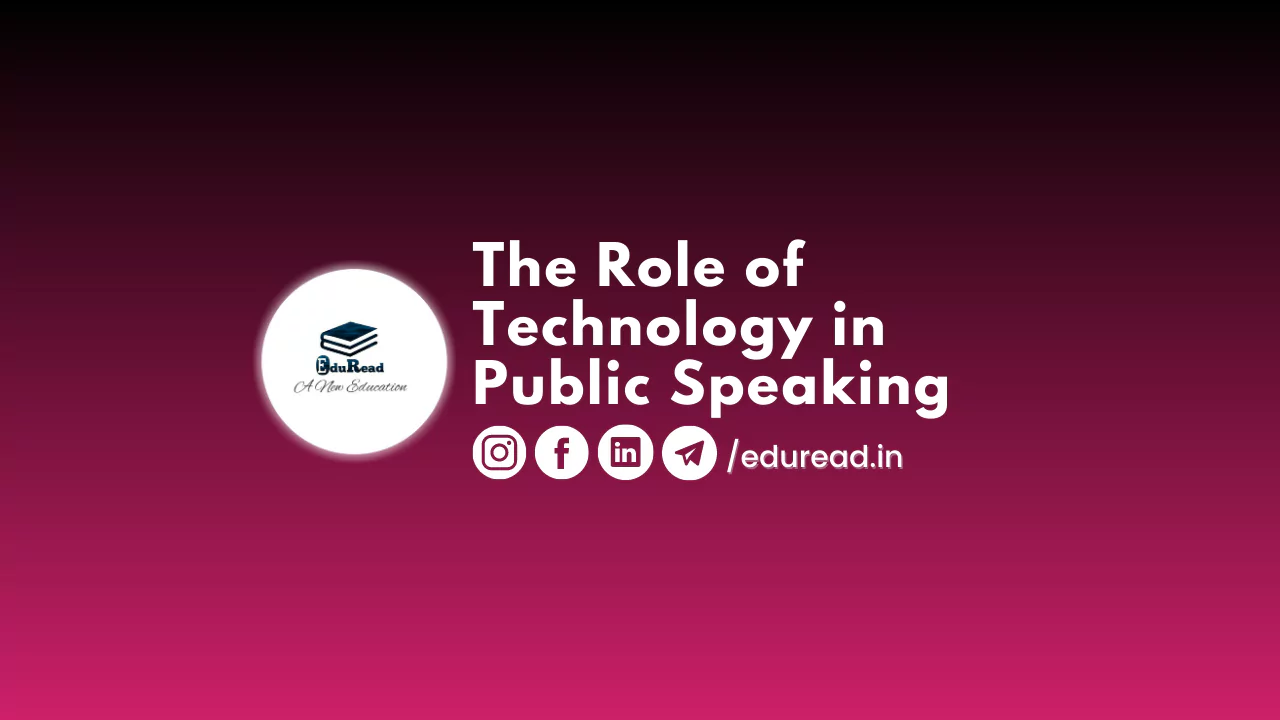The role of technology in public speaking has evolved significantly over the years. With the advancements in technology, speakers have a vast array of tools at their disposal to enhance their presentations and engage their audiences.
One of the most significant ways technology has impacted public speaking is through the use of visual aids
With tools like PowerPoint, Prezi, and Keynote, speakers can create visually stunning presentations that help to illustrate their points and keep audiences engaged.
In addition to visual aids, technology has also enabled speakers to connect with audiences in new ways. Platforms like Zoom and Skype allow for virtual presentations, making it possible for speakers to reach audiences all over the world without ever leaving their offices.
Another way technology has transformed public speaking is through the use of social media
Speakers can use platforms like Twitter, Facebook, and LinkedIn to promote their presentations, share information, and interact with their audience before and after their speeches.
But the role of technology in public speaking isn’t just about enhancing presentations or reaching audiences. It’s also about helping speakers to improve their skills and become more effective communicators.
For example, there are a number of apps and tools available that can help speakers to practice and refine their delivery. Tools like VirtualSpeech and Orai use AI and machine learning to provide feedback on things like tone, pace, and body language, allowing speakers to fine-tune their presentations and become more confident on stage.
Similarly, there are a number of online courses and webinars available that can help speakers to improve their public speaking skills.
These courses cover everything from basic public speaking techniques to advanced topics like storytelling and improvisation. Of course, as with any technology, there are potential downsides to relying too heavily on these tools. For example, some argue that the use of visual aids can be distracting or that virtual presentation can lack the energy and engagement of in-person events.
Others worry that social media can be a distraction for both speakers and audiences or that online courses and tools may not provide the same level of feedback and interaction as in-person training.
So if you’re a speaker looking to make the most of technology in your presentations, there are a few things you can do to get started:
- Experiment with visual aids: Try out different tools and techniques to see what works best for your presentation style.
- Embrace social media: Use platforms like Twitter and LinkedIn to promote your presentations and engage with your audience before and after your speeches.
- Practice, practice, practice: Use online tools and courses to improve your skills and fine-tune your delivery.
- Stay open-minded: Keep an eye out for new technologies and trends in public speaking, and be willing to adapt and try new things.
Overall, the role of technology in public speaking is an exciting and rapidly evolving field. Whether you’re a seasoned pro or just getting started, there’s never been a better time to explore the possibilities and take your presentations to the next level.
Follow Us for more such content to improve your speaking skills:
Check out this blog to overcome Public Speaking Fear: https://eduread.in/5-dos-and-donts-for-public-speaking-beginners-speak-new-york/
And visit us for more
